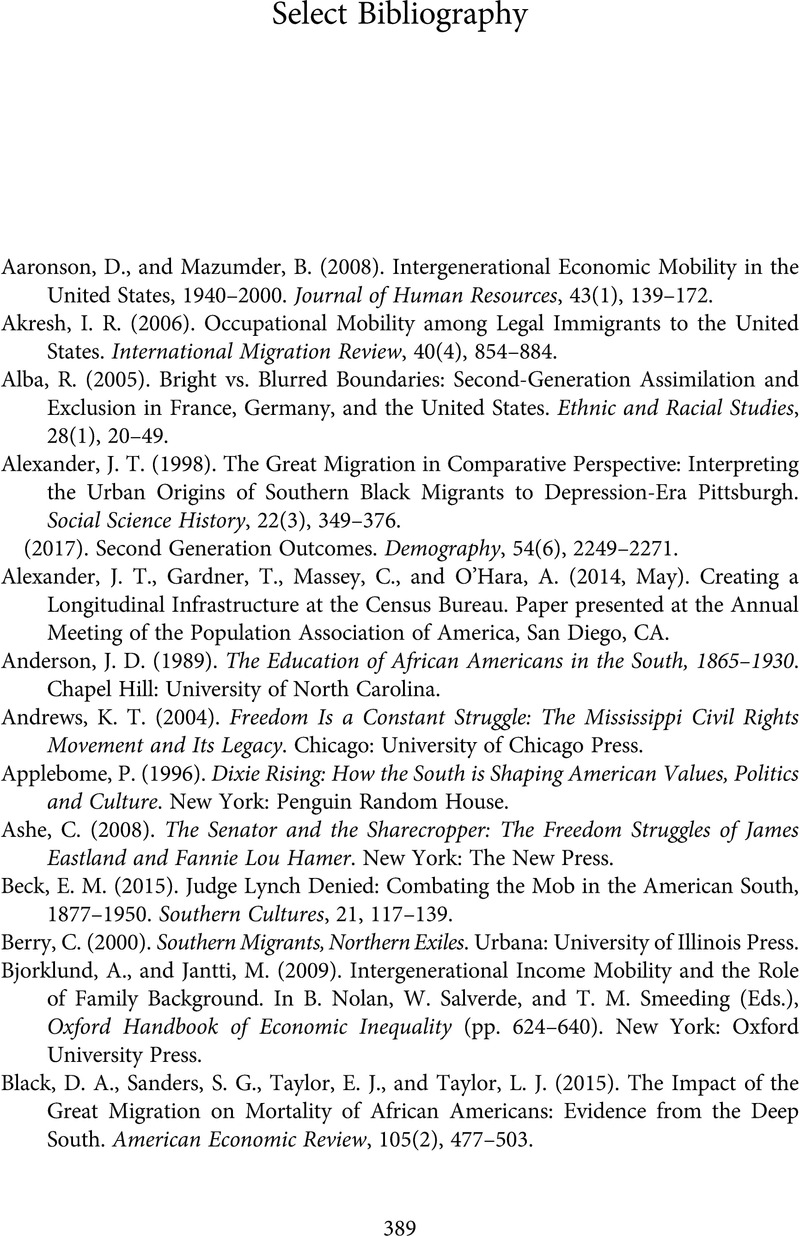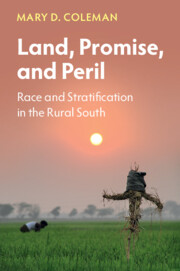Book contents
- Land, Promise, and Peril
- Cambridge Studies in Stratification Economics: Economics and Social Identity
- Land, Promise, and Peril
- Copyright page
- Contents
- Figures
- Tables
- Preface
- Acknowledgments
- Part I The Family in an Intemperate Community, State, and Nation
- Part II Family Interiority and Economic Mobility Pathways
- Part III Pathways toward Upward Economic Mobility
- Select Bibliography
- Index
- References
Select Bibliography
Published online by Cambridge University Press: 15 April 2023
- Land, Promise, and Peril
- Cambridge Studies in Stratification Economics: Economics and Social Identity
- Land, Promise, and Peril
- Copyright page
- Contents
- Figures
- Tables
- Preface
- Acknowledgments
- Part I The Family in an Intemperate Community, State, and Nation
- Part II Family Interiority and Economic Mobility Pathways
- Part III Pathways toward Upward Economic Mobility
- Select Bibliography
- Index
- References
Summary

- Type
- Chapter
- Information
- Land, Promise, and PerilRace and Stratification in the Rural South, pp. 389 - 396Publisher: Cambridge University PressPrint publication year: 2023



